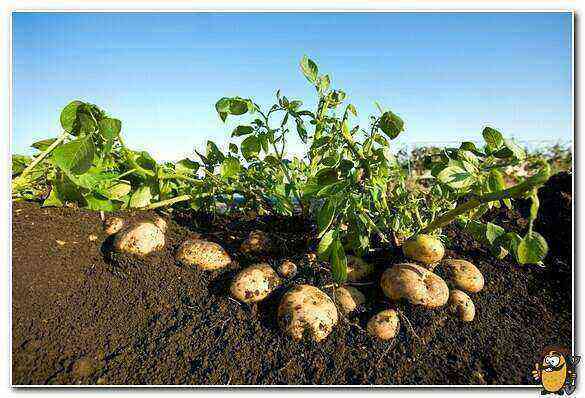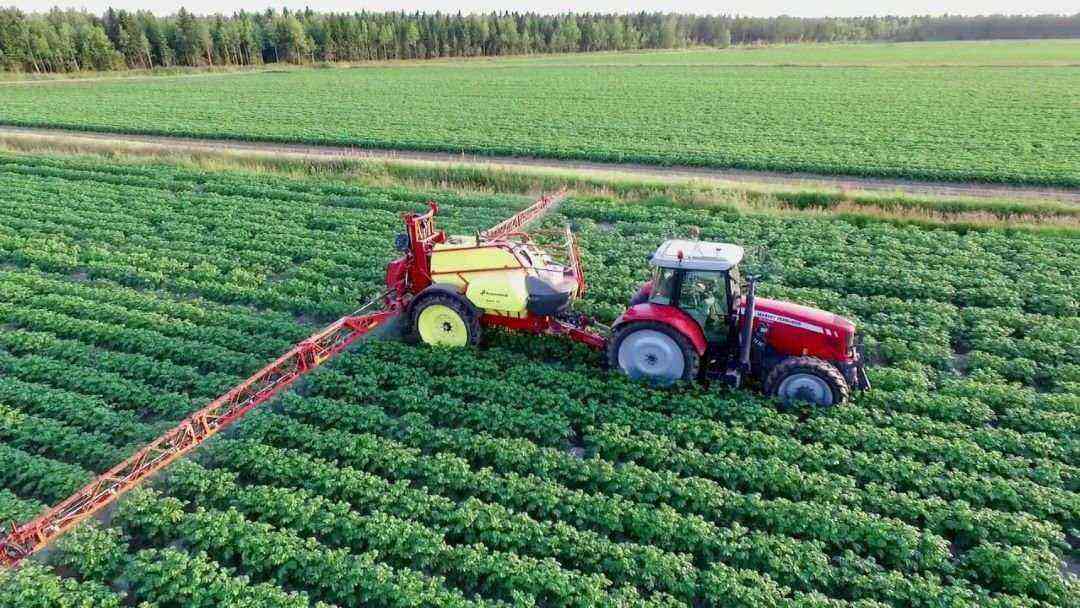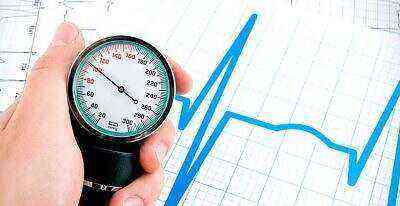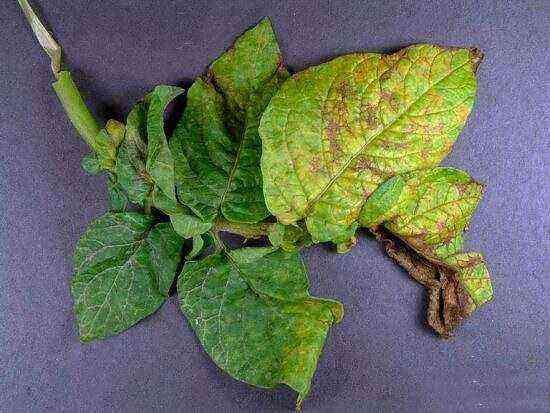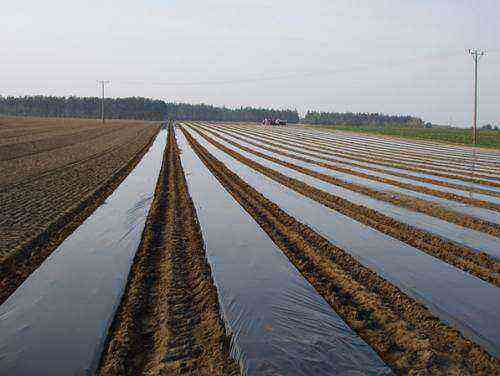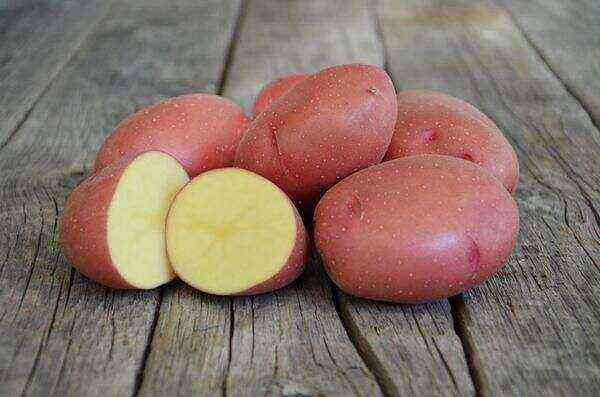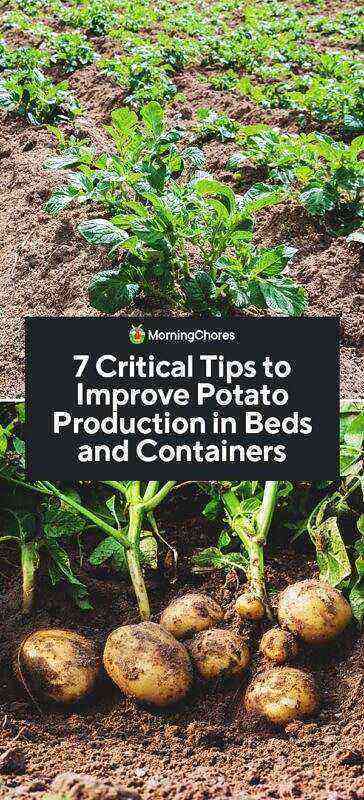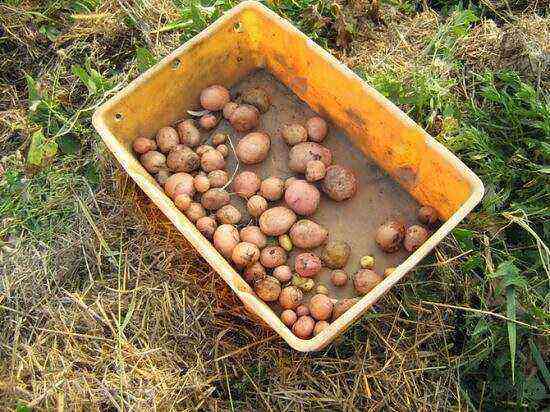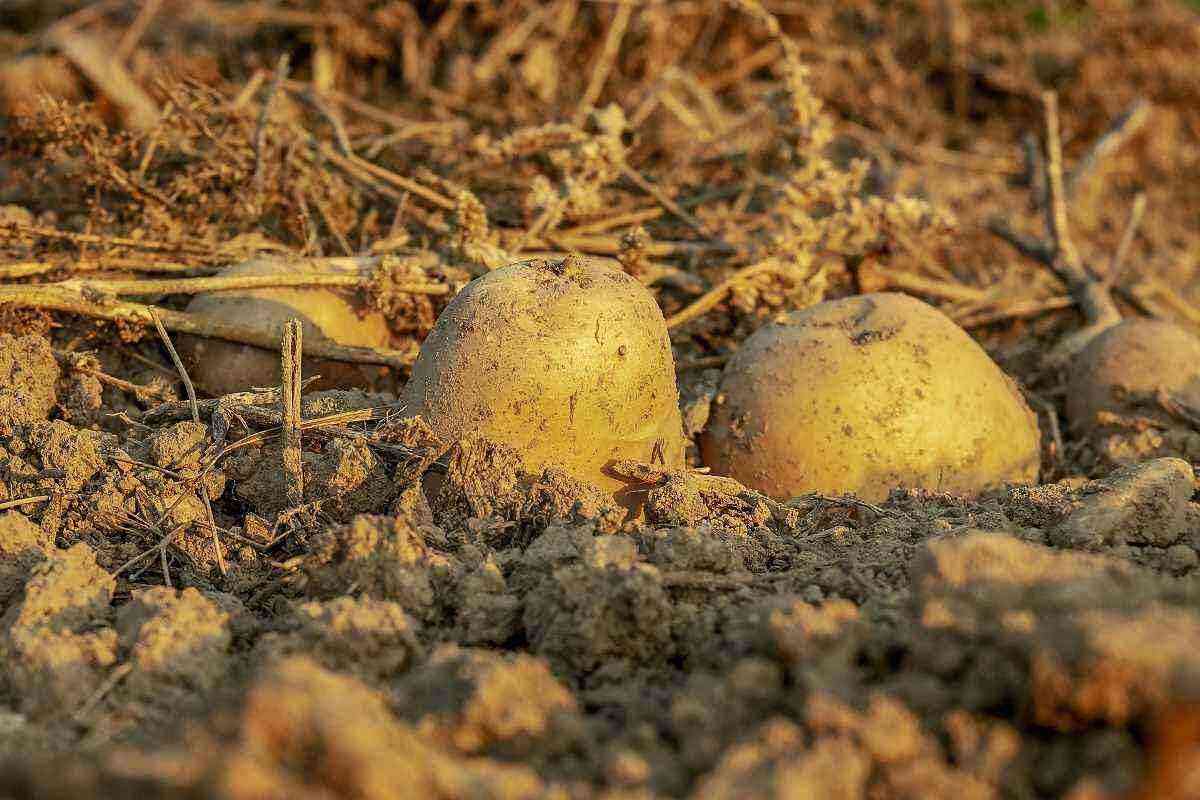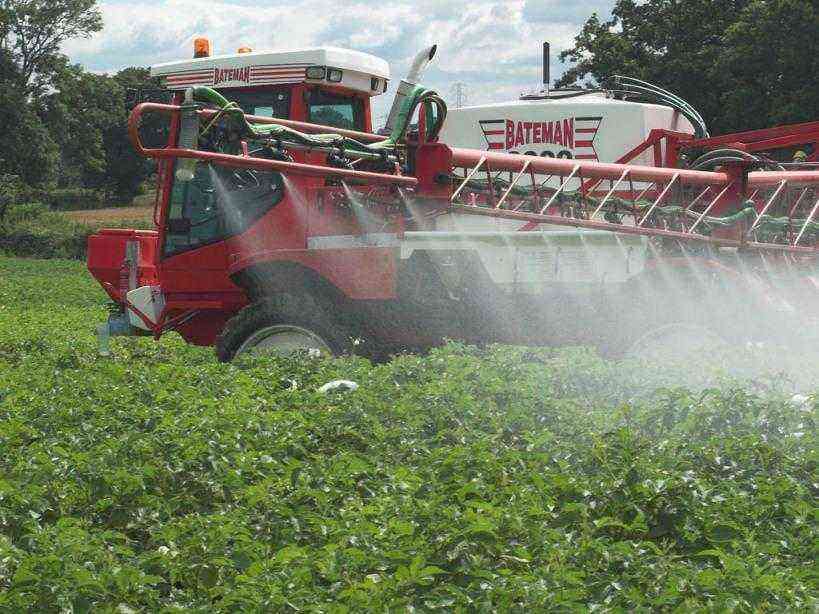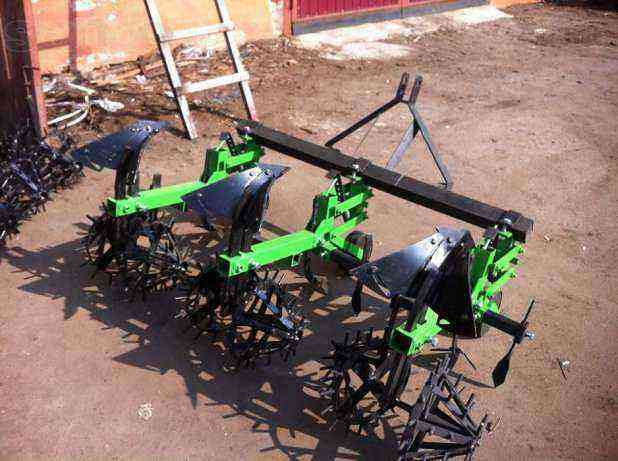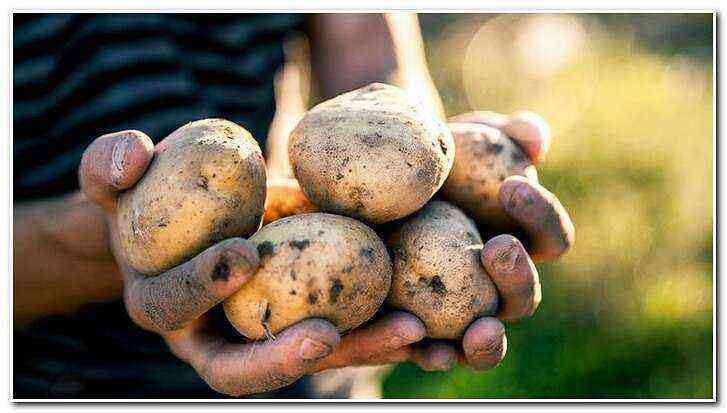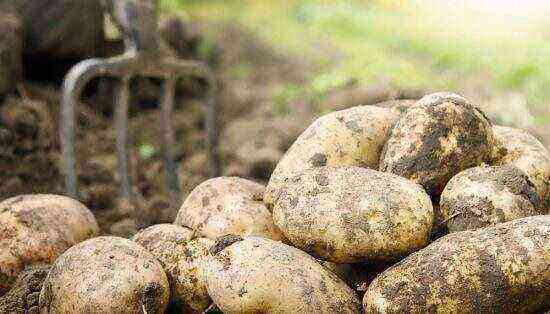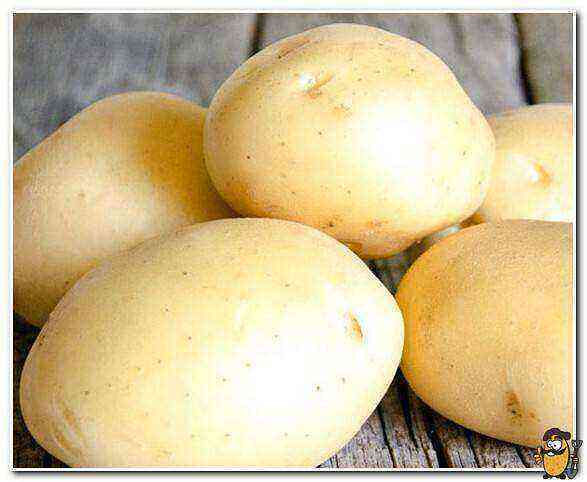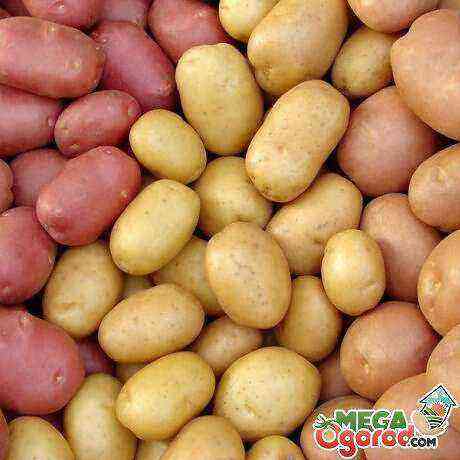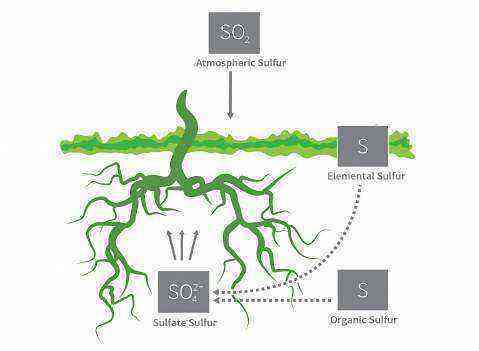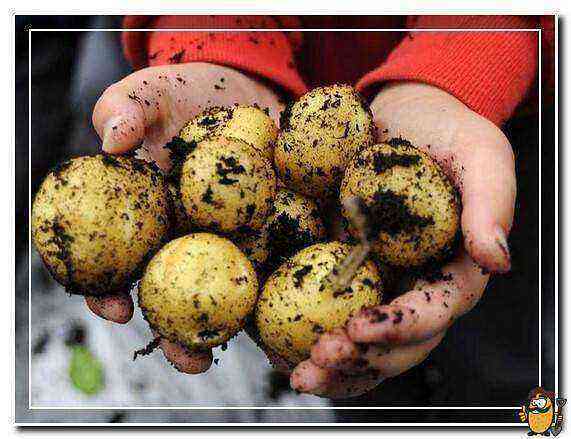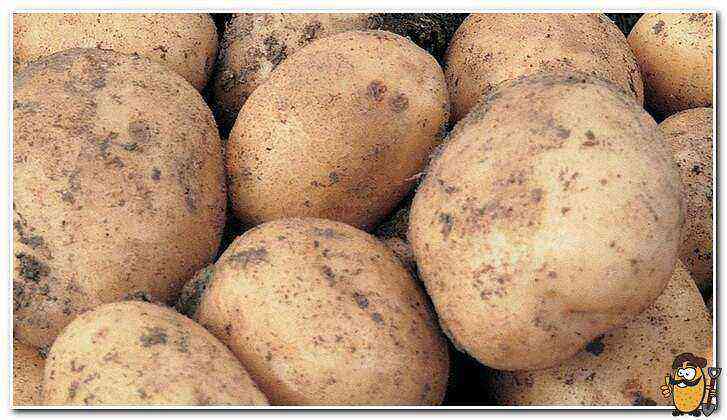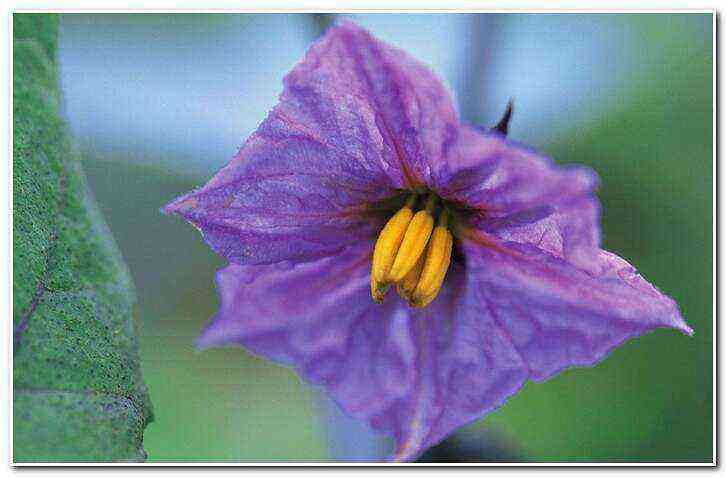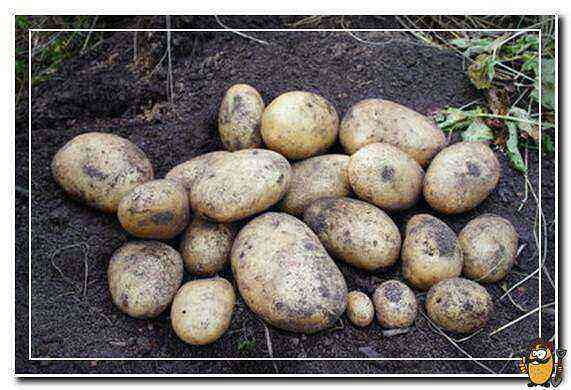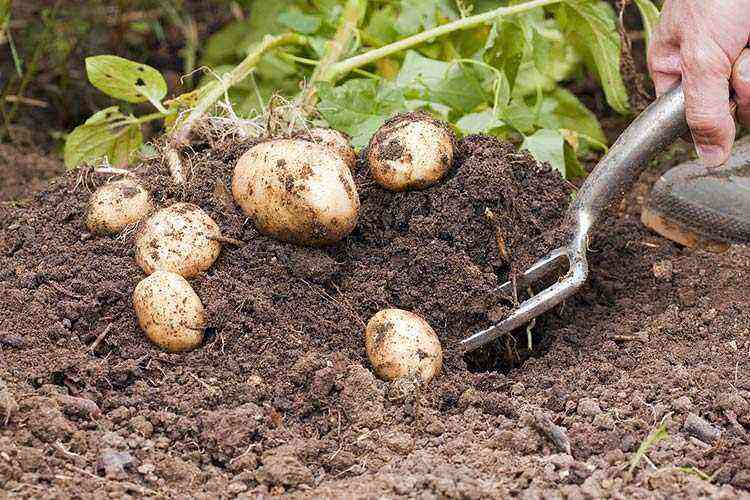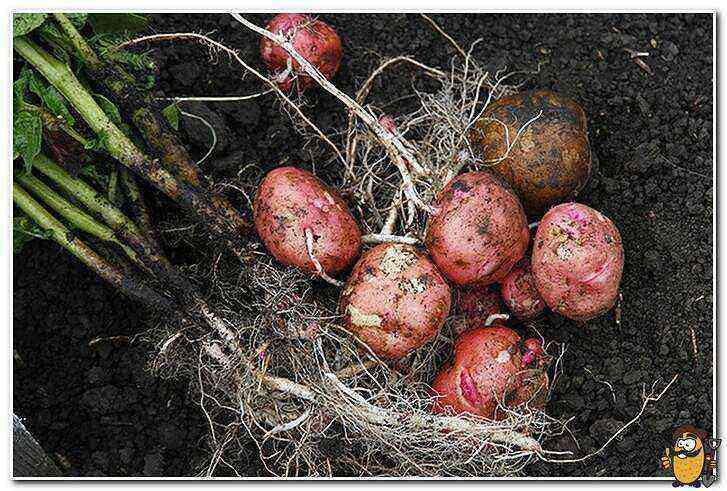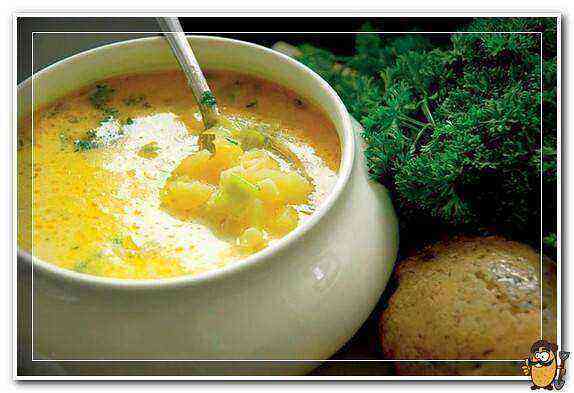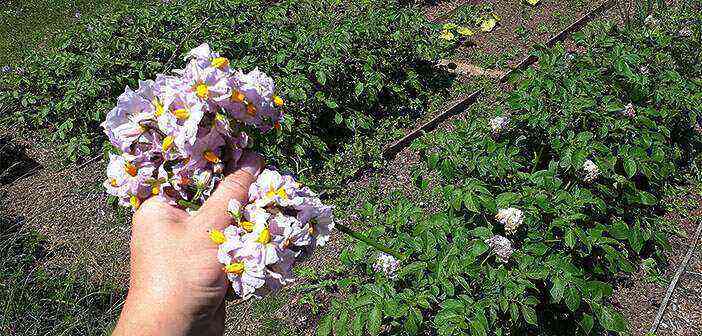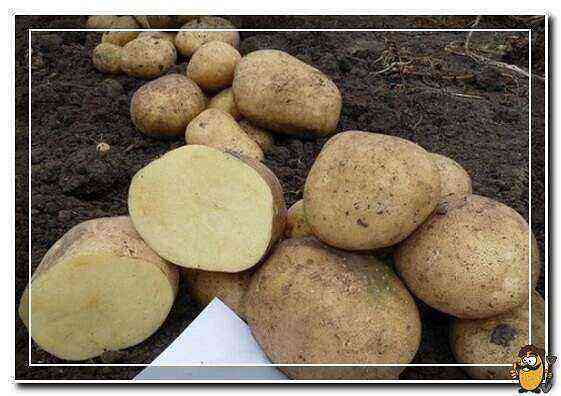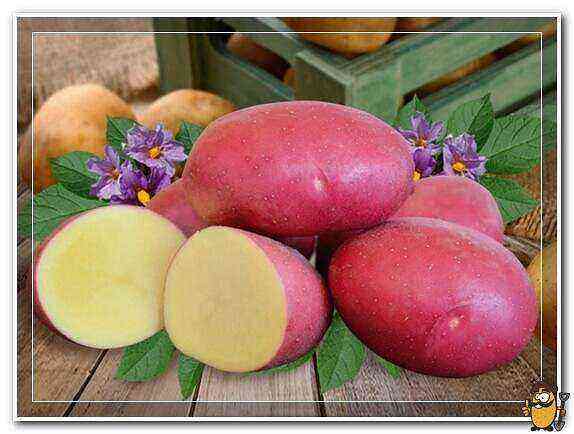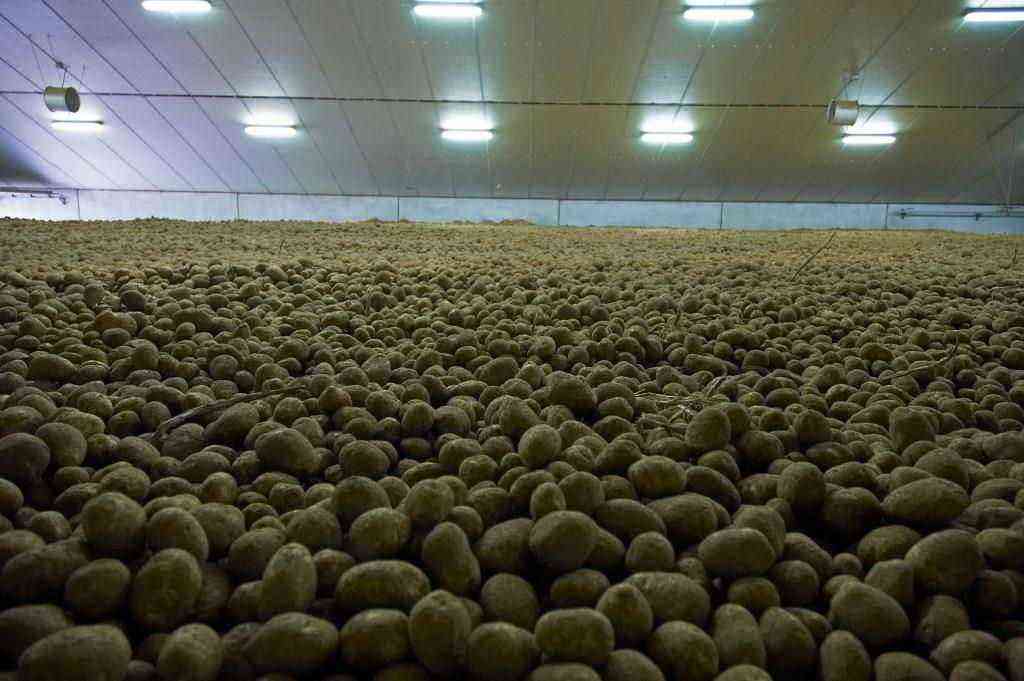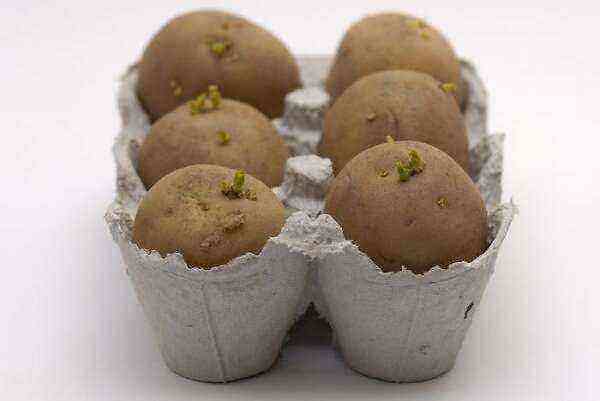Any diseases of the potato lead to a significant loss of yield. They often become the ruin of culture. The causes of the disease are different. The type and nature of the problem may also differ. Only a timely fight and special preventive measures will help preserve the harvest.
Causes of potato diseases
Most often, the presence of potato disease can be recognized by the appearance of the tops. The causative agent of the disease first affects the green part, and only then moves to the root system.
Diseases can develop for various reasons:
- the presence in the soil of a fungus that infects nightshade plants;
- lack of nutrients;
- selection of varieties that have low disease resistance;
- improper feeding and watering;
- weather conditions such as too high humidity and temperatures or vice versa.
On a note!
Any of the reasons can cause the development of diseases. True, many of them can be prevented by preventive measures.
Symptoms
There are a lot of potato diseases. Each of them is characterized by certain symptoms. Sometimes the difficulty lies in the fact that signs of some diseases can only be seen at the harvesting stage. Photos will always help you pinpoint the problem.
But in a group of diseases, symptoms appear already at the growth stage, they appear on the tops. A common symptom for many diseases is the appearance of aphids, since this insect is a carrier of pathogens. In order not to meet with many diseases when aphids appear, spraying is carried out, and weeds are also removed in a timely manner.
The main sign of problems with potatoes is a change in the appearance of the tops. Bushes begin to turn yellow, wither, brown, black or yellow spots may appear on them. In this case, there is a reason to inspect the roots and tubers.
Types of diseases
All diseases that can affect potato bushes and tubers are divided into groups according to the type of pathogen. With the help of a photo, you can understand the main differences between each disease.
- Fungal diseases. All parts of the culture (tubers, leaves, stems) are affected. The great danger of fungi is that spores not only ruin the crop, but also make the plant weak and vulnerable to damage by other diseases. Late blight is considered the most common and dangerous.
- Potato viral diseases. Viruses weaken the plant, making it incapable of forming a crop. With the development of the virus, the bushes weaken, the leaves turn yellow.
- Bacterial diseases. They spread in the soil through tubers. Bacteria persist in the soil for a long time, tolerate temperature changes well.
Each disease of potatoes and tops has specific photos, descriptions and treatment. But some of them are not cured, so it is important to take preventive measures that will help protect future plantings and preserve the harvest.
Fungal diseases
The spread of fungal diseases occurs by spores. They can be found in work equipment, contaminated seeds, in the soil or on the tops of the construction. Spores begin to develop actively at elevated temperatures and humidity. There are many fungal diseases.
Anthracnose (black rot)
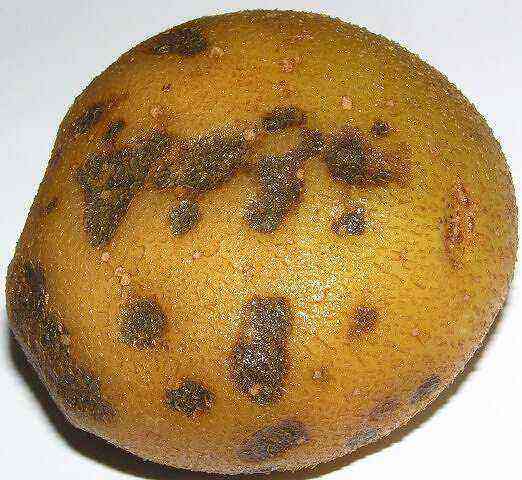
In most cases, potato anthracnose develops in hot, humid weather. Initially, leaf damage is observed, the tops gradually die off. Affected tubers can rot at high humidity, the pulp resembles mucus.
When stored, such a crop will not lie for a long time, the fungus will gradually be transferred to the rest of the potatoes.
The disease is not amenable to treatment. To preserve the remaining crop, rotten plants must be removed. And the remaining bushes protect against the spread of the fungus. For this, the plantings are treated with a new generation of fungicides: Skor, Fundazol, Proit Gold, Ordan and others.
Fitoftoroz
This is the most common problem encountered when growing potatoes. All parts of the plant are affected: tops, tubers, stems. The first signs of late blight disease appear during the growing season, when flowering begins.
Main features:
- a white bloom appears below;
- there are dense dark spots on the tubers;
- on the lower tier of leaves, weeping spots form, which then turn brown.
To prevent the development of the disease, a number of measures should be taken that are aimed at strengthening the immunity of the culture and eliminating the source of spread:
- regular feeding with formulations based on boron, copper, manganese;
- processing of tops with copper sulfate (2% solution);
- the introduction of potash dressings.
If the first symptoms appear, chemical compounds are used:
- 1% Bordeaux mixture solution (contains copper sulfate and quicklime). The ground part of the plant is treated weekly.
- Special chemicals, for example, “Oksikhom”. In a bucket of water, 20 grams are diluted. drug.
Black scab
When damaged, a black bloom forms on the tubers. It can be easily removed by hand. The danger of the disease is that when planted with affected potatoes, damage to the new crop will be caused.
The active development of the disease occurs in the initial period of growth, if high temperatures and humidity are observed outside. If damaged, the sprouts will have a brown color, ulcers will appear on their surface. The black scab fungus provokes a slowdown in growth, as well as rotting of the root system.
On a note!
To minimize the likelihood of the spread of black scab, you should regularly change the landing site, plant in warm soil, and harvest only in dry weather.
Affected tubers are removed from the seed, and the rest of the potatoes are treated with 1% boric acid solution or Ditan M-45.
Potato cancer
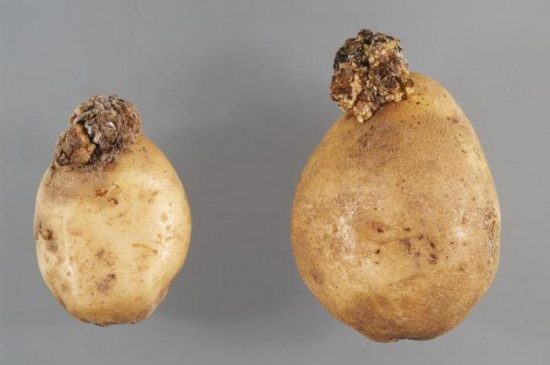
A very dangerous disease. 18 types of fungus can provoke the appearance of this disease. The potatoes themselves are affected, on which growths of various shapes are formed. They increase in size and turn brown. The tubers are gradually allowed. Spores get into the growing season with planting material, stay on working tools.
Spores of this fungus can infect any crops related to nightshade plants. The most favorable environment for the development of spores is a temperature of 20 degrees above zero and high humidity.
On a note!
The viability of bacteria is about 30 years.
To cope with the problem, you can use chemicals, for example, “Nitrafen”. A 2% solution is prepared, with which the culture is treated in early spring.
Dry rot
A disease that is common in the eastern and southern parts of the country. If affected by this fungus, up to half of the crop can be destroyed. The defeat occurs in tubers through seeds, tools, remains of diseased plants.
Signs can appear at any time of growth, but most often become noticeable during the growing season:
- the bush begins to brighten from above, gradually drying out;
- if there is high humidity outside, but pink or orange bloom may appear on the stems;
- if you cut the stem, then the vessels will be noticeable;
- the stem below becomes brown.
After harvest, it is easy to recognize the affected potatoes. Gray spots appear on them, under which the pulp dries. Voids appear inside the tubers in which spores are located. Such tubers do not germinate well after planting, do not give strong bushes and a good harvest.
There is no universal way to combat dry rot of potatoes. Use prophylactic spraying with Fitosporin. Before storage, the planting material is soaked in a solution of the preparation “Maxim KS”.
Alternaria

The spread of spores of the fungus occurs in the stem, leaves, tubers. With the development of the disease, a drop in yield is observed up to 30%. The most common damage to potatoes of the middle and late ripening period.
Symptoms of defeat:
- small brown spots are formed on the foliage, gradually increasing in size;
- gradually the spots merge, and the leaves fall off;
- dry elongated spots are formed on the stems.
Spores are transported between plants by rain and pests. The active life of the fungus in culture begins at high humidity and temperatures above 26 degrees. Weakened bushes are most prone to defeat.
In the fight, special drugs are used: Ridomil, Novozri, Profit, Metaxil, Kuproksa. As a preventive measure, tubers are processed.
Verticillosis
Symptoms of verticillary lesions are withering of the potato, after which the complete death of the plant occurs. Outwardly, it seems that the bushes are scalded with boiling water. The first symptoms appear at the end of flowering.
If you cut the stem of a wilted plant, then lesions will be clearly visible – brown spots. The fungus infects dormant sprouts on the tubers, which gradually turn into dust.
They fight with preventive measures:
- compliance with the rules of crop rotation;
- weeding and watering;
- use of healthy planting stock;
- burning tops after harvesting.
Naturally, if the bush is sick, it is removed.
Macrosporiasis
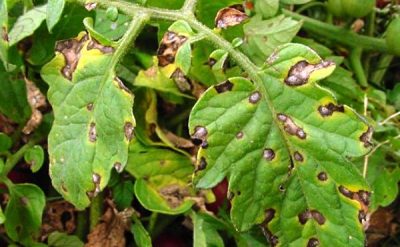
A disease common to the entire nightshade family. Signs appear before flowering:
- first, gray, brown spots appear on the potatoes;
- they gradually expand and merge;
- if it’s dry outside, the plant dries up.
The disease most often manifests itself at the final stage of growth. The leaves first dry out at the edges, and at high humidity they begin to curl.
As a struggle, you can use:
- Bordeaux mixture. The bushes are treated with a 1% solution during the growing season, and with a 3% mixture after harvest.
- Potassium permanganate. In 1 liter of water, 10 grams are diluted. potassium permanganate. The prepared composition is used for spraying the tops.
- Polycarbocin. Spraying with a solution is carried out every two weeks from the moment of budding. To prepare the working composition, 400 gr is diluted. preparation in 1 liter of water
Landings are processed in calm weather, preferably in the morning or evening.
Viral diseases
The most dangerous group of diseases, since there are still no effective methods of control other than prevention. The defeat of viral diseases of potatoes occurs when healthy plants and tubers come into contact with sick ones. Insects can transfer infections from site to site, in particular, aphids and cicadas.
Mosaic virus

Dry weather with high temperatures accelerates the spread of any type of mosaic. The disease can destroy up to 40% of the crop. There are several types of this viral disease:
- Wrinkled mosaic. Wrinkles form on the leaves between the veins. Leaves dry gradually, but do not fall off. Their color becomes unnatural with a bronze tint. For prophylaxis, spraying with Ditan, Ridomil preparations is carried out.
- Striped mosaic. It appears during the budding period. On the front side of the potato leaves, stripes of yellow-green color are formed, the back side turns brown. Potato stalks become thin and break under their own weight. For preventive purposes, you can use Shirlan, Bravo.
- Speckled mosaic. Spots of different sizes form on the leaves. They are pale green in color. As a preventive measure, you can use Revus, Quadris.
On a note!
The most dangerous is the defeat of the speckled mosaic, since the loss of half of the crop is possible.
Preventive treatments are carried out several times per season. The first time the plants are sprayed a week after the appearance of the entrances. Be sure to carry out one more treatment during the budding period. Additionally, you can carry out another 1-2 procedures. The interval between procedures should be 12-18 days.
Rolling the leaves
The spread of the virus that causes leaf curling occurs through the soil or wind. The leaves become brittle, curl into a tube, and acquire an unnatural pink or yellowish tint. The lesion is especially active in dry weather.
The virus infects tubers. The next year, they will give thin non-viable shoots or will not sprout at all. The disease cannot be treated, so the affected plants are destroyed. The next year, tubers with long thin shoots are not used for planting.
Post wilt

Potato post is a viral disease common in hot southern regions. The main distributors are perennial weeds affected by the infection. Mycoplasma stolbur can easily overwinter in the roots of weeds, and then be transferred to garden crops.
Symptoms:
- the upper leaves become smaller, stretched;
- the root system gradually dies off and the plant dies;
- leaves are curly;
- bushes lag behind in growth from the rest.
The disease spreads very quickly from bush to bush, if not fought, it can destroy large areas of potatoes. There are no cures for the post, so it is important to follow all precautions: crop rotation rules, high-quality seed material, frequent weeding, loosening and other agricultural rules.
Necrosis
A dangerous virus that develops in tubers and is almost invisible on the tops. Sometimes yellow dots may appear on the surface of the leaves, and the flowers take on an irregular shape.
When necrosis is affected, dark spots and stripes are formed inside the potato. Gradually, they begin to rot, and most of the crop is lost. You cannot eat such potatoes.
It will not be possible to cure the planting. Only preventive measures can save: compliance with the rules of crop rotation and careful selection of healthy seed. There is a high probability of damage if an area with unsuitable soil is used for planting (muddy, too light, sandy, swampy).
Gothic
The defeat of the virus affects the appearance of the potatoes, but does not affect the taste. There is a decrease in starch content (by 15-20%).
As a result, the potatoes change their shape: they stretch out, resemble a spindle, the number of eyes increases, they are located slightly in the recesses.
It is sometimes possible to determine the defeat of tubers by the color of the leaves, they acquire an ink shade. The surface of potatoes becomes a similar shade.
The virus is transmitted from potato to potato, therefore, tubers with deformation are not used for planting. The virus can get on the plant thanks to insects (aphids, Colorado potato beetle, bedbugs, grasshoppers, and so on).
Bacterial diseases
The spread of bacterial diseases occurs in the soil, potato tubers are affected. The crop dries up or starts to rot and cannot be used for food.
Ring rot
The first appearance of the disease is observed on the tops of potatoes, but the bacteria destroy the tubers. Withering leaves will become signs of the disease, they fall to the soil. When cutting the tubers, rot is clearly visible around the circumference of the entire potato.
For a long time, the causative agent of ring rot is on the mowed tops, so it is immediately burned.
On a note!
Can easily identify disease involvement. To do this, cut the stem from a sluggish bush and put it in a container with water. After a few days, mucus will start to flow. You can dig out a bush. If the potato has not yet begun to rot, then a yellow soft ring will be visible on the cut.
The fight should start before landing. It is recommended to cut large planting material into pieces, the cut site is treated with ash. The purchased seed is washed and dried in a room with a temperature of 17 degrees for 10 days.
Brown rot
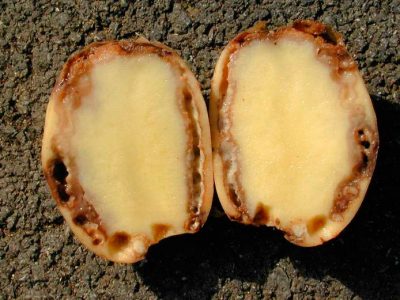
This is a disease of potato tubers that can destroy them completely and make them unfit for eating. The wilting of the bushes will become a sign of the development of the disease, they lag behind in growth. The development of the disease is very difficult to determine in the first year, more obvious signs become in the second season.
You can determine the presence of brown rot by the potato bushes during flowering, the stems become lethargic, the leaves are yellow. Bushes fall apart in different directions.
There are no specific methods of combating the disease, you can save your plantings with preventive measures: buying high-quality seed material and observing the rules of crop rotation.
Mixed internal rot
The defeat occurs in areas with mechanical damage. The bacteria are not activated while the potatoes are in the soil. But after mechanical damage during digging and transportation, putrefactive bacteria begin their vigorous activity. They get inside, the tubers rot from the inside.
The main method of dealing with them is the careful collection of potatoes for winter storage. Before laying the harvest for storage, the cellar is treated with a solution of copper sulfate.
Wet rot of tubers

The penetration of bacteria of this disease occurs through cracks and mechanical damage during harvesting. Decay processes are activated during storage. The disease spreads very quickly between tubers.
The affected potato is identified by feeling. She’s unnaturally soft. When pressed more firmly, starchy mucus is released. An unpleasant smell accompanies the process of flowing out.
To avoid the spread of wet rot, the crop is placed in a disinfected, clean basement, and good ventilation is provided throughout the entire storage period. Sorting is carried out and damaged potatoes are removed before storage.
Blackleg
Most often, the disease develops if cabbage was grown in this place in the previous year. Affected bushes turn black from the base. The tubers are covered with a wet bloom and gradually rot.
If untreated, you can lose up to 70% of the crop, and the affected, but not rotted potatoes cannot be saved.
Symptoms:
- yellowness and lethargy of the leaves, which begins to appear at the base;
- the stem is easily removed from the ground;
- the potatoes become soft and give off an unpleasant odor.
You can avoid damage by choosing high-quality seed material and observing the rules of crop rotation.
Tubers cracking
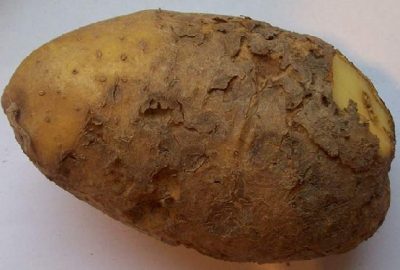
Occasionally, seemingly healthy potatoes develop cracks on the surface, which are tightened by the skin. Do not think that this is the result of an illness. This phenomenon is observed as a result of a large amount of fertilizers and unstable weather conditions.
If during the season there is a large amount of rains, and after them a strong heat immediately sets in, then cracking of the tubers is quite normal. Also, this phenomenon can be the result of a sharp change in temperature.
On a note!
Despite the deformation, the palatability is not affected. True, it is better not to use such potatoes for storage and planting, but to eat them immediately.
Methods of struggle
When the first signs of any of the listed diseases appear, timely and correct control is important. There are many chemicals on the market that can be used for this purpose.
Among the most popular and effective fungicides should be noted.
- Acrobat MC. It is used to combat late blight, peronosporosis, macrosporiosis. Effective use at the beginning of the development of the disease at the first sign. Three treatments per season are allowed.
- Revus. Designed to combat late blight. The first treatment is carried out for prophylaxis, each subsequent with an interval of 7-14 days.
- Bravo. It is used to treat alternaria and late blight. The first spraying is performed when signs of damage appear. Then I repeat the treatments, maintaining an interval of 7-14 days.
- Ridomil Gold MC. It is used to combat alternaria and late blight. It is possible to carry out 2-3 sprays with an interval of 7-14 days. After flowering, the use of the drug is prohibited.
- Quadris. It is used to treat various types of scab. The first spraying is performed for prevention purposes, there should be a break of 10-14 days between subsequent treatments.
On a note!
The use of chemicals is relevant at the initial stages of the development of the disease, when the first signs appear. And it is best to carry out the first treatment for the purpose of prevention, in order to strengthen the general condition and resistance of the culture.
Methods of prevention
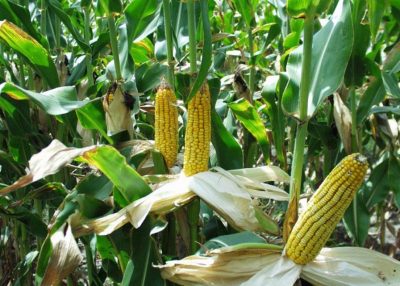
Potato protection should be represented by a system of actions, the basis of which should be prevention. It is important to carry out organizational and seed-growing activities, observe the rules of crop rotation, acquire high-quality healthy seed material, and increase immunity.
For planting, it is better to choose potato varieties that are resistant to most diseases.
Potatoes are not grown on one site for more than a year, they are returned to their original place only after 4-6 years.
The best precursors for potatoes are:
- beet;
- corn;
- perennial herbs;
- winter cereals;
- legumes.
The distance from landings to last year’s landings should be at least 1 km.
To increase the resistance of plants to disease damage, fertilizers are regularly applied: nitrogen, potassium and phosphorus in a ratio of 1: 1,5 (1,2-1,4), as well as boric acid.
A deep transplant is performed before landing. Due to its implementation, the mineralization of plant residues occurs, the causative agents of many diseases die, the number of pests wintering in the ground is reduced.
About a month before planting, potatoes are kept for 10-12 days in the light at a temperature of 15-22 degrees. The light should be diffused. The tubers will turn green, making them more resistant to pathogenic bacteria. Also, dressing the tubers in the fall will help strengthen the immunity of the planting material.
When growing potatoes, it is always easier to prevent the development of a disease than to treat it when the first signs appear. In addition to observing the rules of agricultural technology for growing this crop, you can treat seed material with special compounds before storing and planting, which will help kill spores and bacteria, as well as increase the immunity of the plant.
